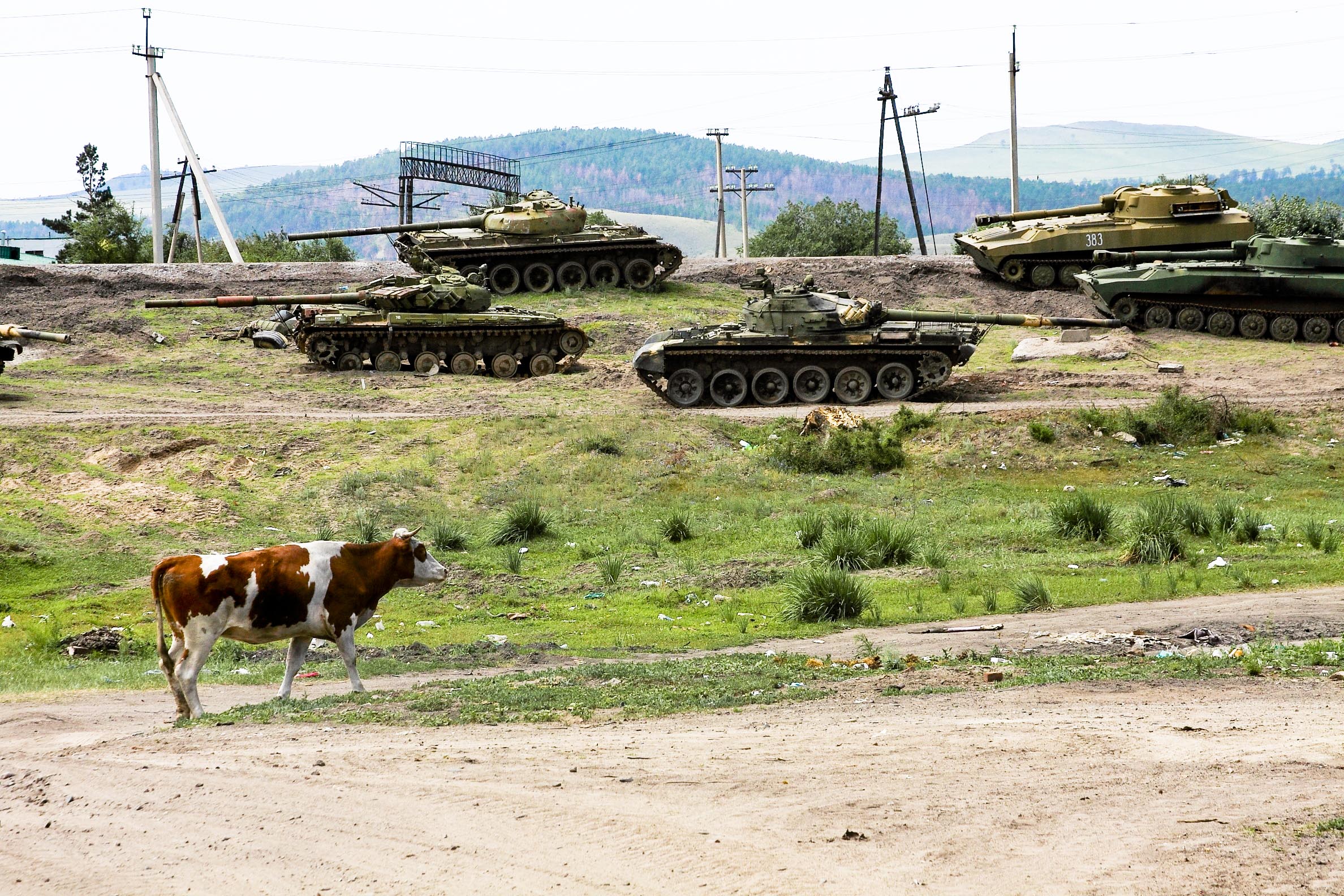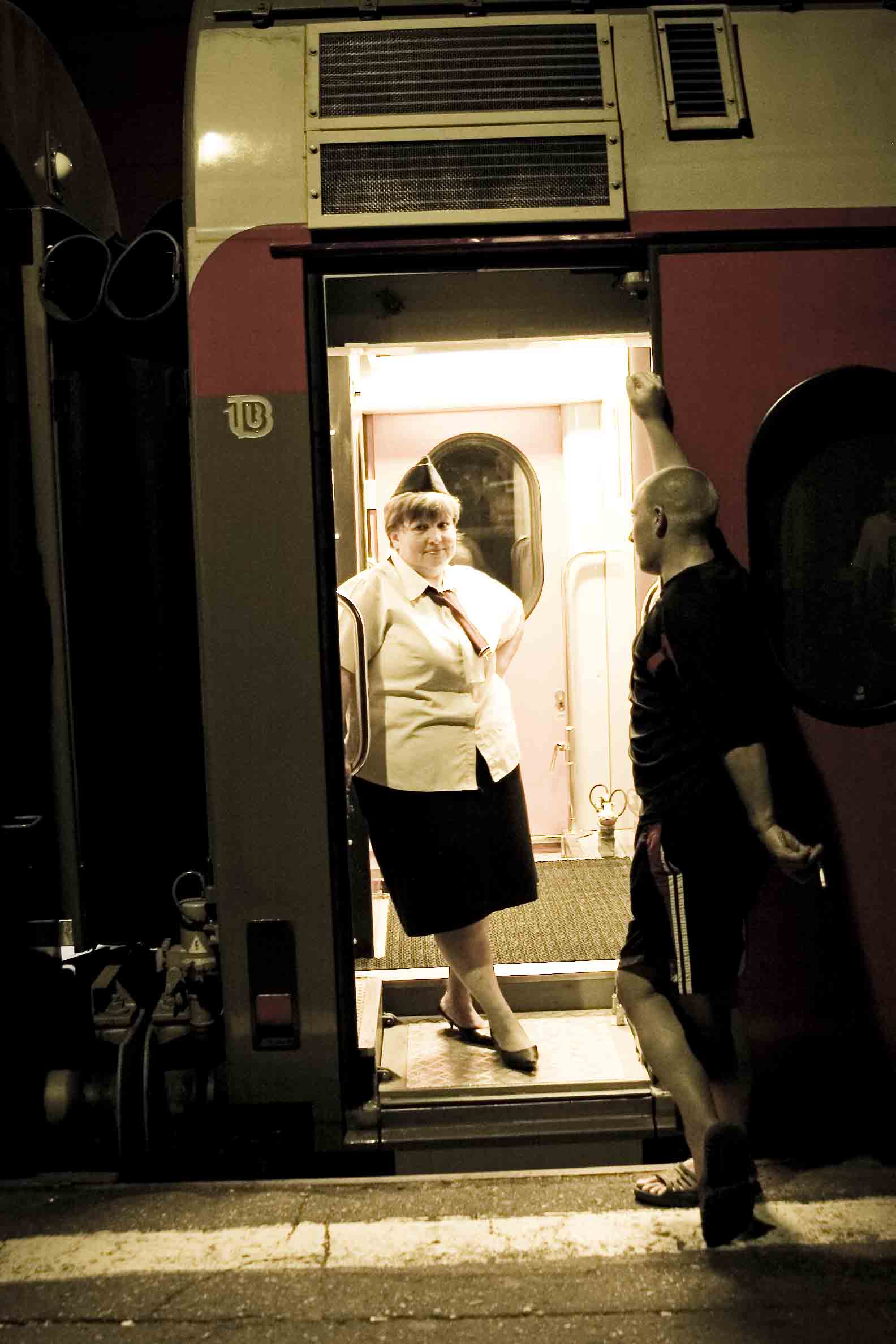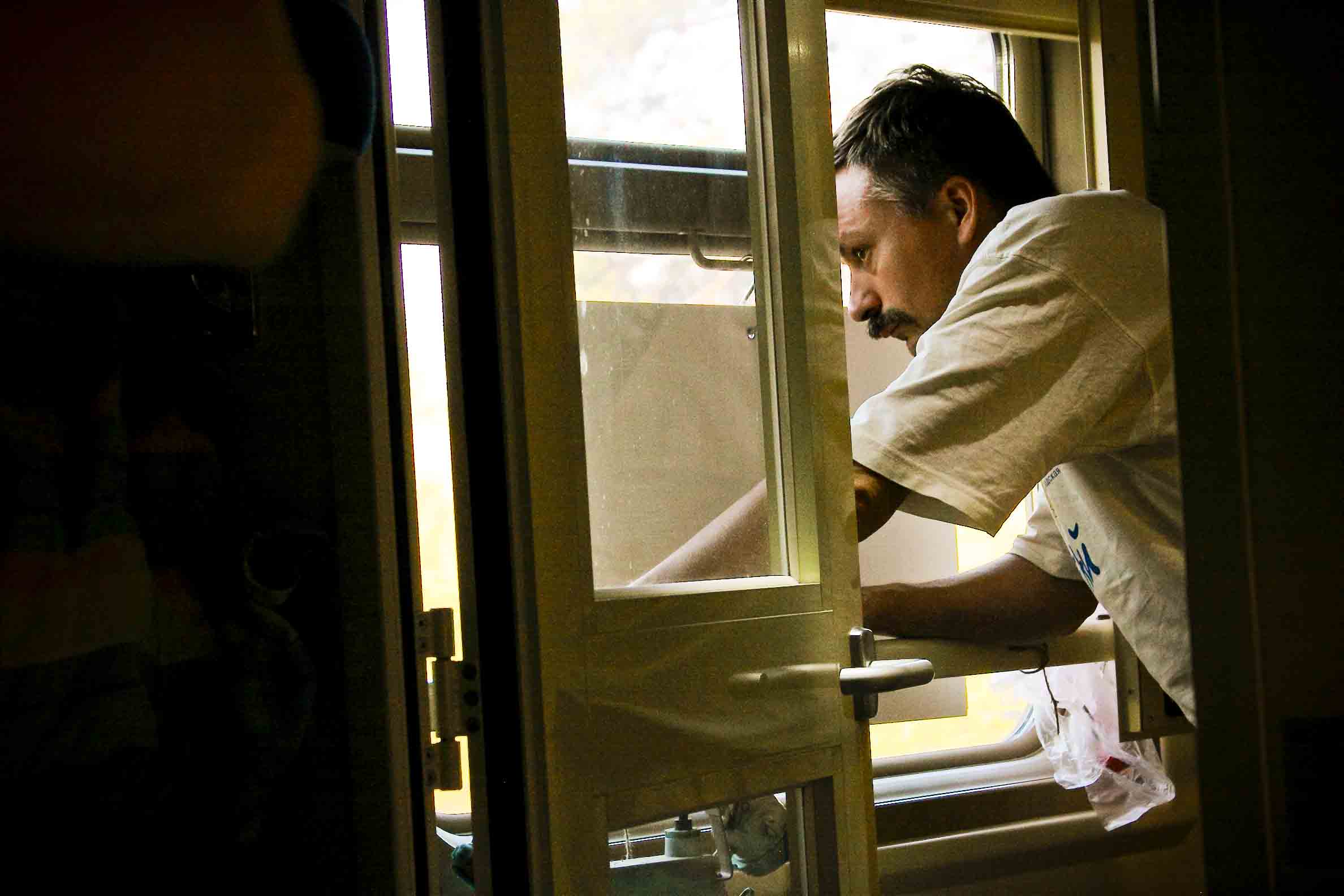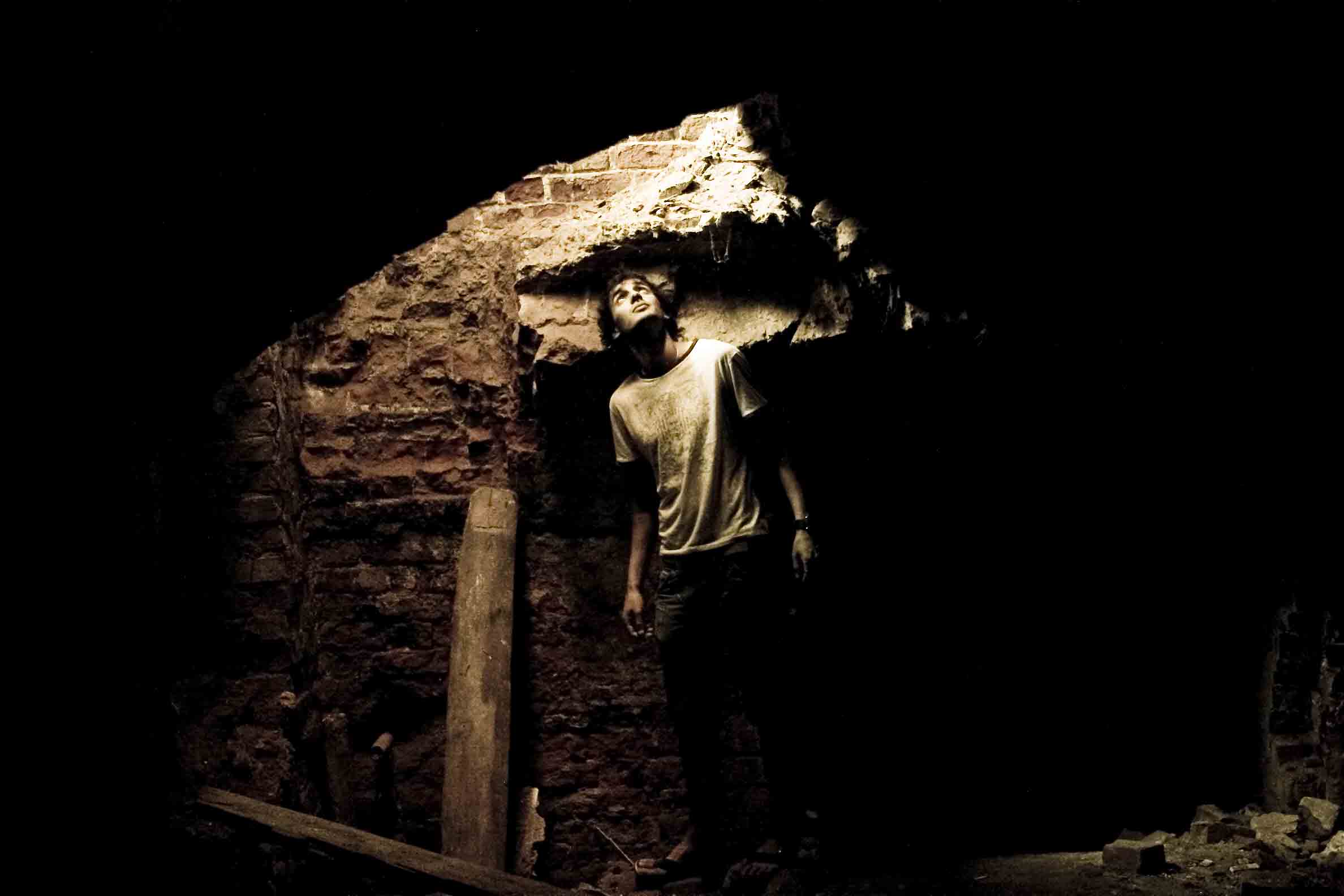
“This was the end of my thirty days in Russia: cows and tanks.” — MFB
km 0 – MOSCOW // ON BOARD MOSCOW TO GORKY
SIDESTEPPING through generations of Russians who stood with shopping bags of picnicware and bedclothes, we scrambled to the first platform at Yaroslavsky where the midnight train stood minutes before departure.





